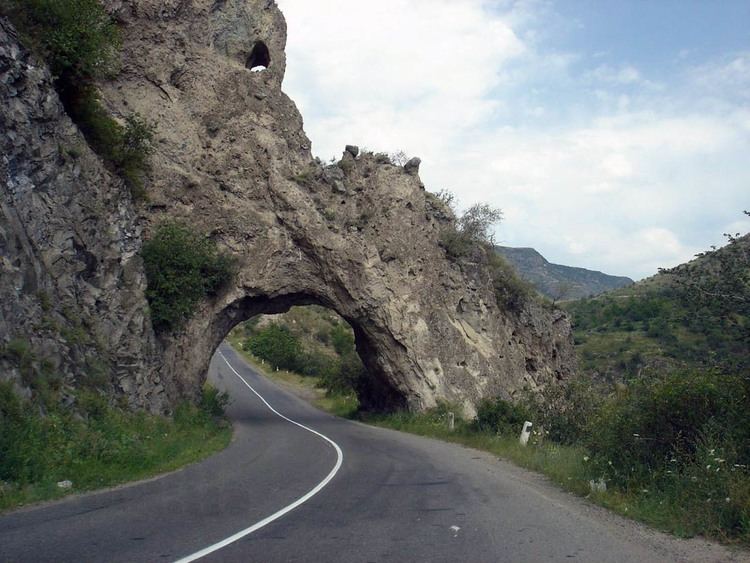Elevation 1,600 m (5,200 ft) Area code(s) +374 2832 Local time Thursday 5:31 AM | First mentioned 8th century BC Time zone AMT (UTC+4) Area 9 km² | |
 | ||
Weather -5°C, Wind N at 3 km/h, 83% Humidity | ||
Azeriler sisianda qirxlar piri azeris in sisian armenia
Sisian (Armenian: Սիսիան), is a town in the southern Syunik Province of Armenia. It is located on Vorotan River, 6 km south of the Yerevan-Meghri highway, at a distance of 217 km from Yerevan and 115 km from Kapan.
Contents
- Azeriler sisianda qirxlar piri azeris in sisian armenia
- Map of Sisian Armenia
- Etymology
- History
- Culture
- Education
- Twin towns Sister cities
- Notable natives
- References
Map of Sisian, Armenia
Sisian was known as Sisakan, Sisian and Sisavan during the ancient times and later in the Middle Ages. However, the name Karakilisa which was used for the town by the Turkic rulers of Armenia, was kept until 1935.
In 1935, one of the old names, Sisavan, was restored. Finally in 1940, the town was renamed Sisian.
As of the 2011 census, the population of the town is 14,894.
Etymology
The area of present-day Sisian was also known as Sisakan and Sisavan during ancient historical periods. According to Movses Khorenatsi, the name of Sisakan -and subsequently Sisian- was derived from Sisak, a legendary ancestor of the Armenian princely house of Syuni.
History
Historically, the territory of modern Sisian was part of Tsghuk canton (Armenian: Ծղուկք գավառ Tsghukk gavar), at the heart of the ancient province of Syunik, within Armenia Major. The area was first mentioned in history in the 8th century BC. During the 4th century, the nearby historic settlement of Shaghat became the residence of the princes and the religious leaders of Syunik. It remained the spiritual and the political center of the region until the end of the 10th century, when the fortified town of Kapan in the Baghk canton became the capital of the newly established Kingdom of Syunik-Baghk.
Between the 16th and the 19th centuries, Sisian was known as Gharakilisa (Black Church) to Armenia's Turkic and Persian rules. In 1918, it became part of the First (Democratic) Republic of Armenia. With the Sovietization of Armenia, Sisian was included in the breakaway Republic of Mountainous Armenia between 26 April and 12 July 1921. After the Soviet Red Army entered the Zangezur region in July 1921, Sisian along with the towns of Goris, Kapan and Meghri fell under the Soviet rule. Between 1935 and 1940, the town was known as Sisavan.
Culture
Sisian is home to one of the largest ancient petroglyph sites in the world, Ughtasar.
Education
The Sisian branch of the Armenian National Agrarian University was opened in 2004, with seven specialties: agronomy, milk and diary technology, land Management and cadastral survey, economics and management of agrarian production, agrifood system accountancy and audit, veterinary sanitary expertise, and animal husbandry.
Twin towns – Sister cities
Sisian is twinned with:
